Games Foundry Discusses Folk Tale and Virtual Office Development
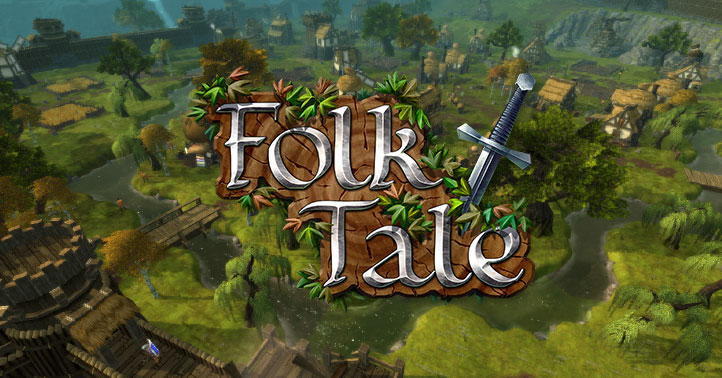
In the world of indie games, we often times see gems in the rough come out of nowhere. Games like Braid, Torchlight, Never Alone, Life is Strange, and most recently the huge success of Minecraft has paved the way for a giant indie boom in the industry. Crowdfunding has helped many of these would be developers turn their dreams into a reality.
Recently I came across a rare gem after Games Foundry followed our twitter account. After investigating Games Foundry I found a game that was right up my alley. A fantasy RPG city builder with completely mod friendly concept allowing for endless adventures and possibilities. The game is Folk Tale and is currently available on Steam in Early Access.
Today we have the opportunity to sit down and go over the nitty gritty of Folk Tale with the development team. Thank you so much for joining us today. First off can you tell us a little about yourself and your past experiences in gaming?
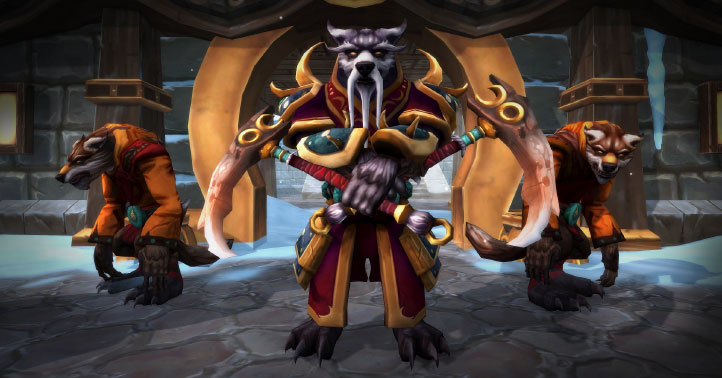
I understand that Games Foundry is a virtual office based company with employees working on the project from home. Can you share with us a little bit about how this works in a game development environment? What tools allow this to be possible and how does it differ from the traditional office environment?
It’s almost identical to a physical office, but without the politics, financial overheads or a Christmas party. With 9 of us spread around the world, start times are staggered throughout the day. As the Project Lead I start around 8AM UK time with the guys in Sweden and Slovakia joining later in the morning. The guys in the USA and Canada are mostly night owls, and fire up Skype anywhere between 1-7pm. It’s very much an agile development environment, with the daily scrum (status) meeting starting around 7:30pm UK time. We all jump into Google Hangout (with the link shared via Skype IM), share overnight progress through screen shares and discuss the work ahead. The meetings are short, after which most of the team drop out to continue their work. We hold small problem-solving meetings if something is impeding progress. Information is shared using Google Drive so that we can all jump into the same document and collaborate, and all source code is held in a git repository (https://git-scm.com) for collaboration, version control and disaster recovery. It’s entirely paperless and online.
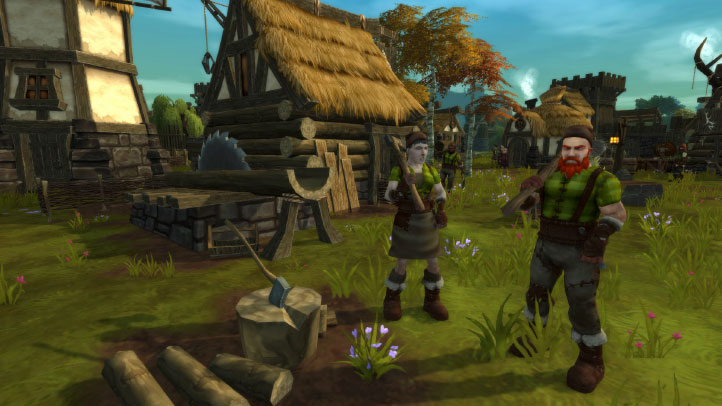
What challenges does the virtual office create and how have you been able to overcome these challenges?
Working remotely is not suited to everyone, as the comforts of home could become a distraction. It rarely happens though, as you’d soon be busted by peers in the daily status meeting. Instead, it encourages a culture of honesty and flexibility. If someone’s not feeling 100%, they take a day off or make it up later in the week.
Not being able to have team socials where we can unwind over a beer is a downside. Instead, we’ve tried to hold multiplayer gaming session on a friday lunchtime, and encourage playing together at the weekend. However, when you develop games for a living, quite often you want to go outdoors during spare time so it doesn’t happen all that often, especially during summer.

What type of funding has Games Foundry relied on to this point? Any plans for a crowdfunding campaign?
During the first two years savings took a pounding. It got to the point where we needed additional funding, so we started preparing for Kickstarter. During preparations, Steam launched Early Access and after much deliberation we opted for that route, and never looked back. With Steam’s help and our own careful financial management we’ve been successful in Early Access, generating enough revenue to fund us through to completion.

Lets dive into Folk Tale. This game is colorful, comical, and filled to the brim with content. Do you have a special magic wand to compress so much awesomeness into a single game?
There’s certainly a lot going into the game. Folk Tale isn’t just a village builder on a single map; it’s set in a role-playing world spanning grasslands, swamp, snow and lava, each with dungeons to explore. There are so many opportunities for new features, that the challenge is to stop ourselves and just focus on what is fun. So we spend a lot of time with our community discussing features, how they can be improved, then iterating.
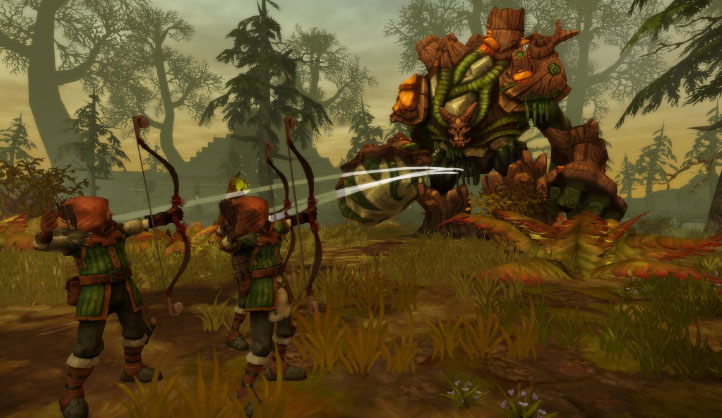
So this is an RPG, can you explain to us how the RPG side of the game plays?
Much of the RPG aspect will pivot around exploration, questing and storyline. Folk Tale includes a campaign in which you’ll help competing factions. Each faction has a hero that will join the player’s party as you help one faction at the cost of the other. Heroes can be equipped with gear found in loot, and level up their attributes and abilities by gaining experience. Your adventuring party comprises up to four heroes filling classic role-playing classes.
Different buildings support different crafting options. As you unlock new recipes and find ingredients either in the wilds or in loot, you can craft items for your small army, and even epic but costly loot for your heroes.
One important aspect will be linking quest goals and rewards back into helping your village improve, and not just your heroes.

It's also a City Builder! What can we expect to experience on that side of the game?
We’ve added many of the buildings you might expect in a fantasy village builder to form a cohesive economy. I say village rather than city because Folk Tale is more about individual characters than being a Total War sort of game; it’s a more personable experience. We want you to care about the lives of Bob and Helga, and feel a loss if one should die horrifically.
Villagers gain experience through practice. A level 1 woodcutter is more proficient than a peasant. As they practice their profession, workers level up through the tiers of Apprentice, Journeyman, Artisan, and Master. A master woodcutter produces a lot more logs than an apprentice.
As your village expands and the cultural value increases, you can access building upgrades that house more workers, expand the boundaries, reduces fire risk and unlocks building research and crafting tiers.
One of the more interesting aspects we have planned is a living ecology. Around your village will be an eco system of bears, wolves, rabbits, boars and spiders. Rabbits seek out carrots, and may start to consume your carrot fields. Destroying their burrows will stop them in their tracks. Except wolves eat rabbits, and breaking the food chain might lead to more attacks by ravenous wolves on your villagers. Bears like to eat honeycomb from wild beehives, which you need to construct your Bee Yards. Take too many hives, and one day you’ll find a bear sniffing around.
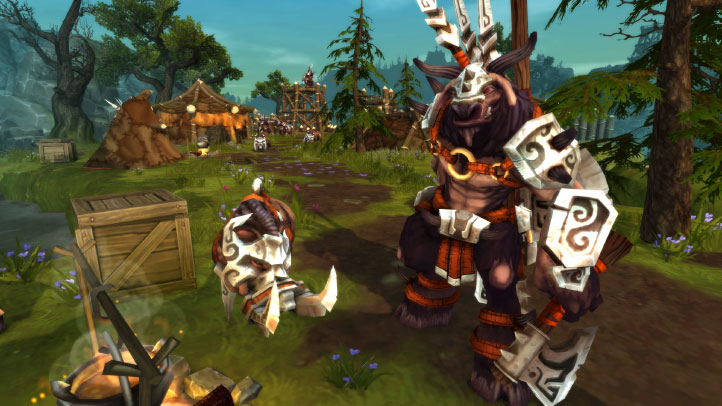
What's the general storyline behind Folk Tale and are you able to pick sides in this battle?
In Folk Tale we’re letting player behavior drive the experience. Early on, players will be building a fledgling village and tackling the challenges of living in the wilds. While away exploring for resources and treasure the player is introduced to opposing factions. It’s entirely up to the player what they do next; continue playing in a closed world or help one of the factions drawing them into opposition with the other and leading to attacks against their village.
In the campaign game the player first encounters the Withering Dead lead by Mordrich, Gatekeeper to the Realm Of Shadows and ruthless industrialist. Mordrich’s reckless greed is corrupting the lands of the Gladefolk in the name of profit. Nara, the Earth Mother, is in denial and refuses to be drawn into the conflict by her daughter Willow, who with the player’s help will strike back against the Withering Dead. The player is equally encouraged to side with Mordrich, with the decision left to them. Helping either side will explore the story from the faction’s perspective and unlock the faction’s hero.
Exploring the world further, players discover the Grublins and Toadkin in the swamps. The Grublins are an organized criminal racket that seduce Toadkin workers with free dental care and massages, all designed to harvest the secretions from the backs of happy Toadkin to manufacture an addictive drug. The Toadkin on the other hand have bonded labour in the name of furthering their illustrious empire, and are keen to ‘protect’ their workers from temptation.
There are four major zones, each with two faction storylines and multiple dungeons to explore.
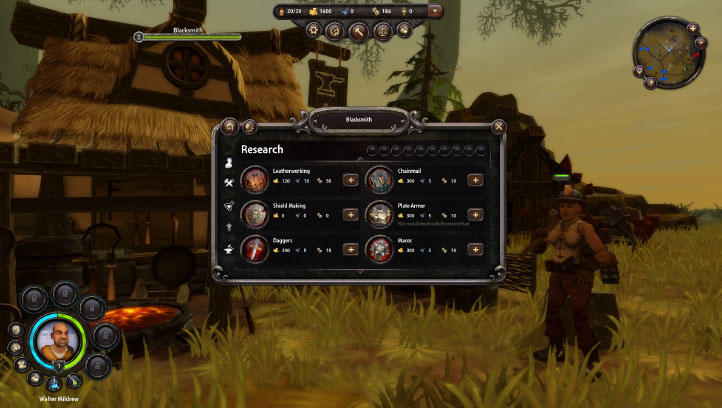
What heroes can we look forward to meeting in this adventure? How do their abilities differ?
With eight faction heroes and a few neutrals, players have a broad roster of abilities to choose from. Each hero has five abilities that can be levelled up in MOBA-like fashion. We’ve got most of the RPG classes covered including healer, tank, warrior, necromancer, pyromancer, frost mage, thief, ranger and paladin. There’s limited to no crossover in abilities so players have to think carefully about how they want to structure their adventuring party.

I understand that you're planning to release more factions and heroes in the future? Do you have a rough number that the team is aiming for?
It really depends on how successful the game is on full release. There’s so much scope for expansion that we’d all love to continue expanding the world, but it needs to be funded. Right now we’re not being distracted with what comes after launch, choosing instead to focus on making a great job of the current scope. What we are doing is making sure we have an expandable framework that we can add to if we’re lucky enough to get the opportunity.
What do you see as the critical goal that your team must absolutely meet for Folk Tale to be successful?
It has got to be fun because everything stems from that. Longevity and replayability come second because if it’s not fun, it’s unlikely players will want to play more. If we can achieve the critical goal, it feeds positive reviews both from players and critics and feeds word of mouth, all of which aid awareness.
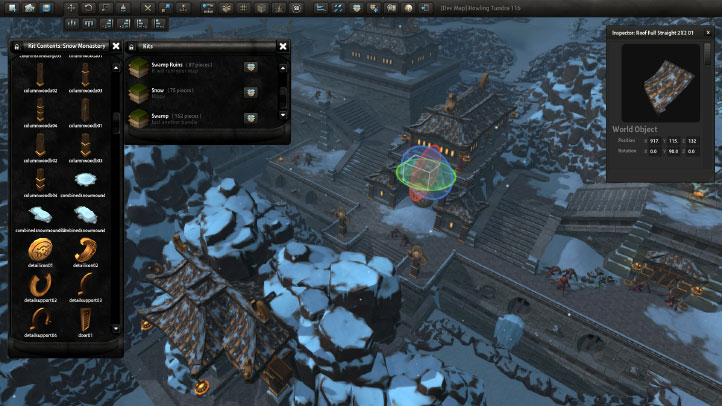
Let's talk about the editing / modding side of the game. I understand your editor allows people to create everything from quests to campaigns. But the thing that really caught my eye was the Cutscene creator. Can you tell us a little bit about this system?
We took the decision early on to make the same dev tools we use internally available to players to create their own worlds, stories and quests to extend replayability. Once the player has finished experiencing our world, they’ll be able to download a completely different world from Steam Workshop for an entirely new story.
Folk Tale is designed with extensible modding in mind. The Editor has a library with heaps of props that can be used to create exterior and interior locations. Terrain tools include a random generator and sculpting for quick and precise control. Add to that our visual scripting environment known as Workbench - a powerful node based editor that enables modding without the need for any programming knowledge - and you have some very powerful tools indeed.
We recently added the cutscene creator to the visual scripting environment so that level designers can tell their own stories not just with text, but with animated camera control too. There’ll be support for custom voice acting and we’ve already seen some fantastic community hacks. Steam Workshop integration is well progressed internally, and by the final release we should have some engaging community content to play besides what the game already ships with.
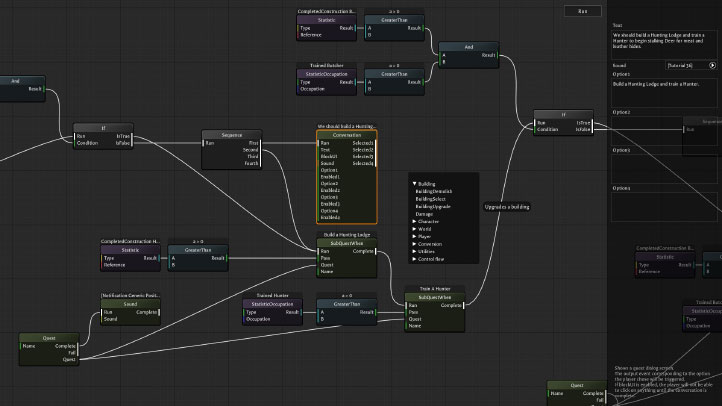
What other types of gems do you have in store for the player who likes to build mods & expansions?
We already have some player-level designers with over a thousand hours logged in the game. When you have powerful tools coupled with fervent imaginations, creating worlds can and does become a full time hobby. We work closely with active community members, perhaps more so than any other game. They join us in the Dev Hangout streams, discuss new ideas and highlight areas for improvement. They’re really driving a lot of the improvements we’re making. That unprecedented level of access to the dev team is something we’re really proud of.
As for editor features, there’s so much in there now that it’s really about improving on what we have, adding new visual scripting nodes to give even more control to level designers, and adding more great content that can be used in a variety of innovative ways. For example, we haven’t added traps yet. That’s going to be heaps of fun.
Where can people purchase Folk Tale and is there a release timeframe available yet?
We’ve been in Early Access for a good while now; too long for some. We’re a small team, working on a game with a very big scope and a lot of powerful content creation tools. For patient players wanting to get involved in helping shape and improve the game, I’d say grab it now during Early Access. For those seeking a polished complete experience, perhaps consider adding it to your Steam wishlist and wait for the final release towards the end of 2016.
Folk Tale can be found at http://store.steampowered.com/app/224440.
Where can people learn more about Folk Tale?
There’s a host of information available depending on how informed you’d like to become. For general information there’s the website at www.gamesfoundry.com. There’s a Dev Blog for occasionally tracking progress, or a fortnightly Dev Hangout stream on YouTube Gaming and Twitch where you can ask us questions live on air. Finally, there’s the Steam Community Forum.

About the Author

Foghladha
Managing Editor
Foghladha founded the Gaiscioch Social Gaming Community in 2001 and has since been the founder & activities director for this well known community. His role has gone beyond just running the Gaming Community and now includes running the Athletics Program in Portland, Oregon, as well as acting as the Managing Editor of the Gaiscioch Magazine, and is the Lead Producer on the Gaiscioch Livestream Productions. Additionally he networks with game developers to form relationships between Gaiscioch and development studios.
His experience in publishing dates back to helping his Grandparents who operated a printing press for over 40 years. In high school and college Benjamin excelled in journalism and played an active part in the school newspaper. Foghladha currently works full time as the director of technology for a franchise trade publication & education company.
